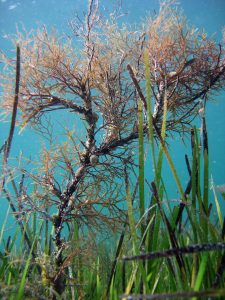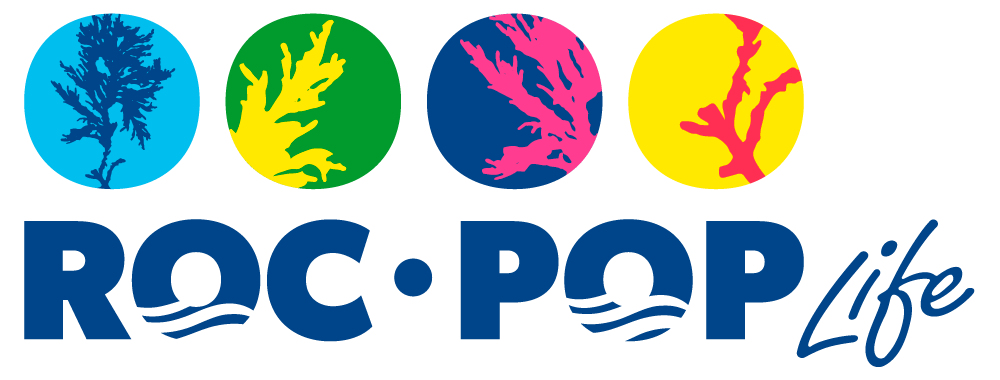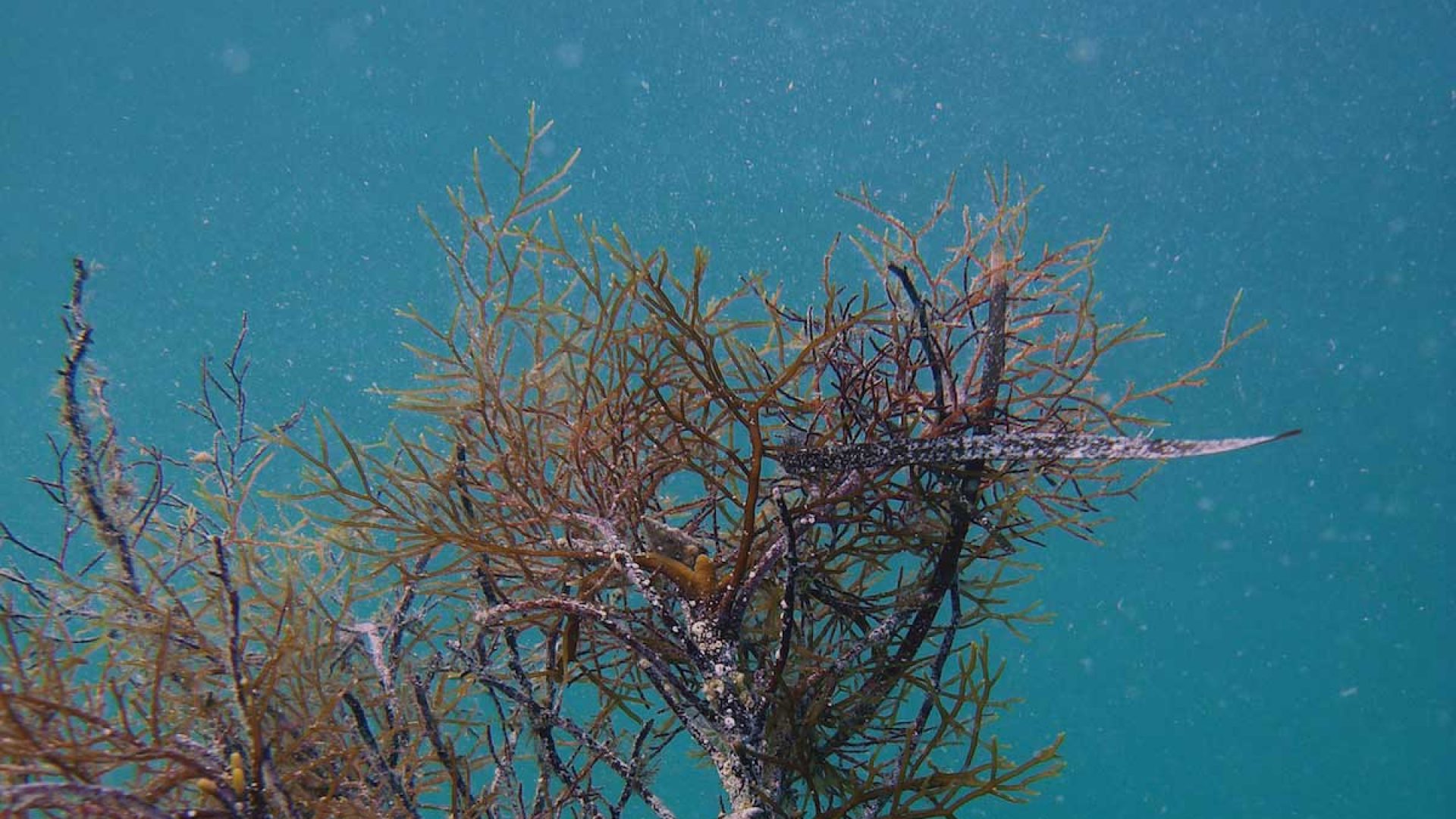Cystoseira

Cystoseira plays a key role in marine conservation supporting biodiversity, food webs, and sequestrating large amount of CO2. In the last decades Cystoseira was reduced in Mediterranean due to anthropogenic pressure.
All the Cystoseira species are part of a Habitat of Community Interest: the different species are used for the definition of the Natura2000 Habitat1170 and are priority in SPAMI.
Several Cystoseira are strictly protected in the Annex I of Bern Convention, and the Mediterranean Action Plan (Barcelona Convention) identifies the conservation of all but one Cystoseira species as a priority. Cystoseira is under surveillance as vulnerable by IUCN, RAC/SPA and MedPAN. Finally, it is one of the indicators of ecological quality according to the Water Framework Directive.
Even if these recent regulations reduced the impacts, the lack of adults producing recruits and the limited dispersal capabilities of Cystoseira hamper natural recolonisation.
This project aims to trigger the recovery of the Habitat1170 in two Natura2000/SPAMI sites, through the reforestation of Cystoseira within the Cinque Terre and Miramare MPAs, where this taxon was present, as proven by museum and scientific literature records. Disappearance causes have been removed and the protection is guaranteed by the MPAs. The project involves the transplanting of Cystoseira cultured juveniles, with advantages in terms of time, costs and ecological impact. The non-destructive restoration proposed allows obtaining juveniles without damaging donor sites, which is essential given the critical conservation status of the species. The process is appropriate to large-scale application with replication in other Mediterranean areas, as witnessed by the support from Authorities, MPAs and international institutions.
Specific objectives are:
- define a protocol for the culture of Cystoseira (C. amantacea v. stricta, C. crinita, C. barbata) collecting fertile portions from Portofino and Strunjan MPAs, where populations in good health are present, to ensure the availability of juveniles;
- restore the Habitat1170 inside the Cinque Terre and Miramare MPAs via the transplantation of the cultured juveniles, quantifying and making good use of the ecosystem services provided by Natura2000 sites;
- contribute to the achievement of the Good Ecological Status in the target Natura2000 sites, demonstrating the effectiveness of the proposed measures in terms of meeting the objectives of the Water Framework Directive.
Expected Results
Result 1
Cystoseira will be reintroduced in the target MPAs. The recovery of C. amantacea v. stricta, C. crinita, C. barbata will be done by production of juveniles. We estimate to produce for each species and cultivation event (repeated twice a year, for 3 years) ca. 2millions of zygotes, starting from 200 receptacles collected from 100 adults. We estimate the survival of 2000 juveniles to transplant (survival 1/1000). After 30 days in the receiving sites we expect the survival of 1000 plants (survival 50%) and after 1 year of 400 adult thalli (survival 40%).
At the end of the cultivation events we foresee the survival of 2400 adult plants of each species.
Result 2
In the MPAs the number of thalli will continue to increase after the end of the project thanks to the critical density created and the natural reproduction of the transplanted population. A natural recolonisation of coastal nearby areas is also predictable.
Result 3
In the mid-long term, the newly established Cystoseira forests will form an ecological network with a cascade of positive effects on the MPAs, by restoration of Cystoseira habitat functions (refuge/nursery for fauna, food provisioning, water oxygenation and biogeochemical cycles). Thus, the improvement of the Habitat1170 will be ensured, due to the re-colonization of species of high ecological value.
A study on intrinsic value (in monetary terms) of Cystoseira has been carried out. The results obtained based on the trophic network showed values from 10€/m-2 to 30€/m-2 per unit area, supporting the functional importance of Cystoseira habitat on the biodiversity and ecosystem services maintenance.
Result 4
The process activated with the restoration of Cystoseira, indicator of good ecological quality, will trigger also the recovery of the ecological status of the target MPAs. In the context of the Water Framework Directive the indices proposed to assess the macrophytes quality elements (i.e. CARLIT and EEI) are based on the Cystoseira Habitat assessment.
Result 5
Intensification of territorial promotion/touristic visibility. Environmental tourism, which already characterizes the MPAs (Miramare, Portofino and Cinque Terre are Specially Protected Areas of Mediterranean Importance) will further increase. An increase of ca.3% compared to the last 3 years is foreseen. Dissemination action is expected to provide information to over 750.000 individuals considering all communication tools developed and the large visibility of MPAs visitor centers.

